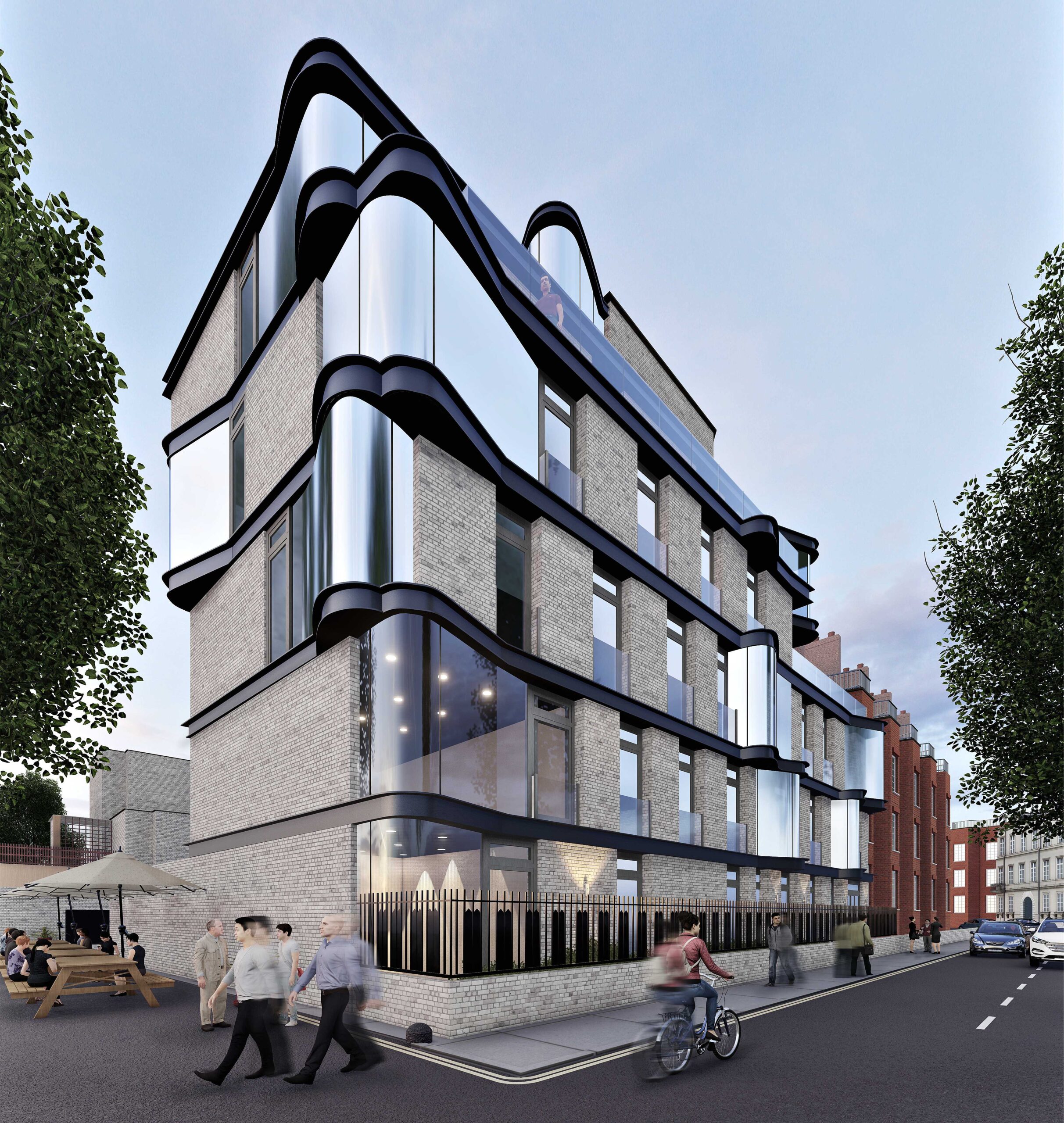The convergence of video game technology and architectural visualization has ushered in a new era of creativity and innovation in the world of design and construction. As the two fields continue to blend seamlessly, the question arises: where will ArchViz go next, and what does the future hold?
1. Real-Time Environments: Video game engines like Unreal Engine and Unity are rapidly becoming the backbone of architectural visualization. These engines provide the ability to create real-time 3D environments, allowing architects, designers, and clients to explore and interact with designs in an immersive way. The future of ArchViz will likely see even more integration with these engines, offering increasingly realistic and dynamic experiences.
2. Virtual Reality (VR) and Augmented Reality: As VR and AR technologies continue to advance, ArchViz is poised to make the most of these immersive platforms. Architects and clients will be able to step into their designs, experiencing spaces firsthand, and making real-time adjustments. This not only enhances the design process but also facilitates better communication and decision-making.
3. AI and Automation: Artificial intelligence is set to revolutionize ArchViz by automating many time-consuming tasks. AI can generate 3D models, apply textures, and even offer design suggestions based on user preferences. This not only speeds up the design process but also fosters creativity.
4. Sustainable Design: The architecture industry’s increasing focus on sustainability is mirrored in ArchViz. Video game technology will play a vital role in visualizing green building designs, showcasing energy-efficient features, and simulating the environmental impact of architectural decisions.
5. Collaboration and Accessibility: The future of ArchViz will see enhanced collaboration and accessibility. With cloud-based platforms, multiple stakeholders can collaborate on designs in real-time, regardless of their physical locations. This fosters greater inclusivity and efficiency in the design process.
6. Photorealistic Rendering: The quest for photorealism in ArchViz will continue. Video game technology will drive the development of even more realistic lighting, materials, and physics simulations, resulting in visuals that are almost indistinguishable from reality.
In conclusion, the future of architectural visualization, propelled by video game technology, is an exciting landscape of innovation and creativity. Real-time environments, VR/AR integration, AI, sustainability, collaboration, data visualization, and photorealistic rendering are just a glimpse of what’s to come. As these two worlds merge, architects, designers, and clients can look forward to a more immersive, efficient, and sustainable future for the architectural design and visualization industry.

